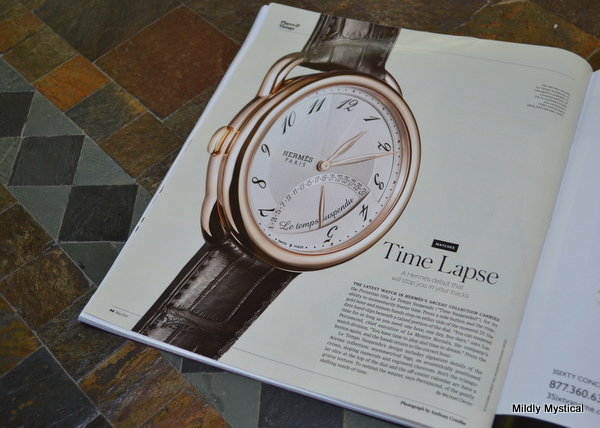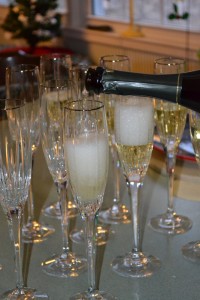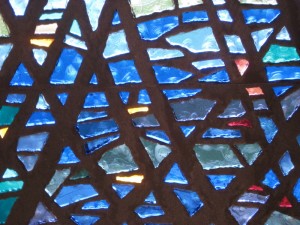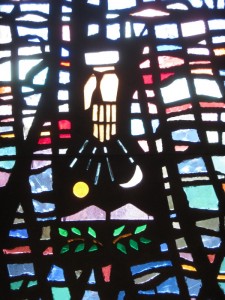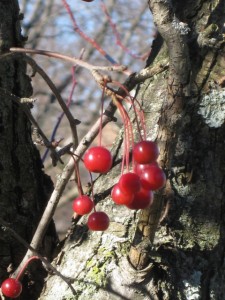Paging through the WSJ Magazine today, I happened upon this charming piece. It seems that the people at Hermès have been thinking about time and longing, expressed in a limited edition watch design celebrating the company’s 174th anniversary. Part of the Arceau collection, it’s called Le Temps Suspendu, or “Time Suspended.”
The slant of the numerals suggests the ceaseless motion of hours and minutes on the watch face, but these 174 specially made timepieces offer something to counter that momentum. They include a feature designed to evoke the sense of stepping outside of time. Press a button and the hands stop their motion to strike an impossible pose (from a timekeeping perspective), holding the “12” between them. Something like prayer position, perhaps. The date pointer hides away beneath a raised level of the face.
Voilá. If time hasn’t actually stopped, it has at least become irrelevant for the time being, which is much the same thing.
And since the time we can allow for not measuring time is limited, the wearer is reassured that a hidden timekeeper within continues to keep track. Press the button again and the watch returns to the correct time. There’s no mention of an alarm to remind you when to rejoin the scheduled world, but perhaps that would defeat the purpose.
I love the idea of a symbolic act that suspends time, shedding the schedule-driven concerns that clutter the mind and crowd the spirit. We’re at our best when we’re fully present, focusing all our skill and intuition on the thing that engages us. That timeless and exhilarating state is described beautifully by Mihaly Csikszentmihalyi in his book, Flow: The Psychology of Optimal Experience. A ritual that invites that state of mind is invaluable.
When we reach it, time’s movement and measures fall away. The passing of time neither forces nor impedes; we move effortlessly through it. Later, once again inhabiting everyday consciousness, we look around blinking, wondering how long we spent in that heightened state. When was I last aware of the time? What time is it now? How long was time stopped? Only after the fact do we realize that we experienced an escape from time.
For those of us who don’t have $36,200 to spend on a not-watch, or who aren’t among the first 174 people in line to get one, there are more pictures and musings about the watch here. But we’ll need a different ritual for setting aside time.
Simply taking off a watch is one way to have such a ritual. It’s a sign of inhabiting a different mental space, outside of ordinary time. Another way might be to turn off the phones that claim so much of our attention. They’re a door to a wonderful world, but left open all the time they invite too much interruption.
Entering a ritualized process is another possibility: making a cup of tea, digging in a garden, participating in worship, engaging the imagination. We benefit from anything we can do to set aside time in a way that allows us to live well—to enjoy a meal or a conversation, to take a walk, to lose ourselves in something we enjoy, to create something new.
What kind of ritual helps you to suspend time?

